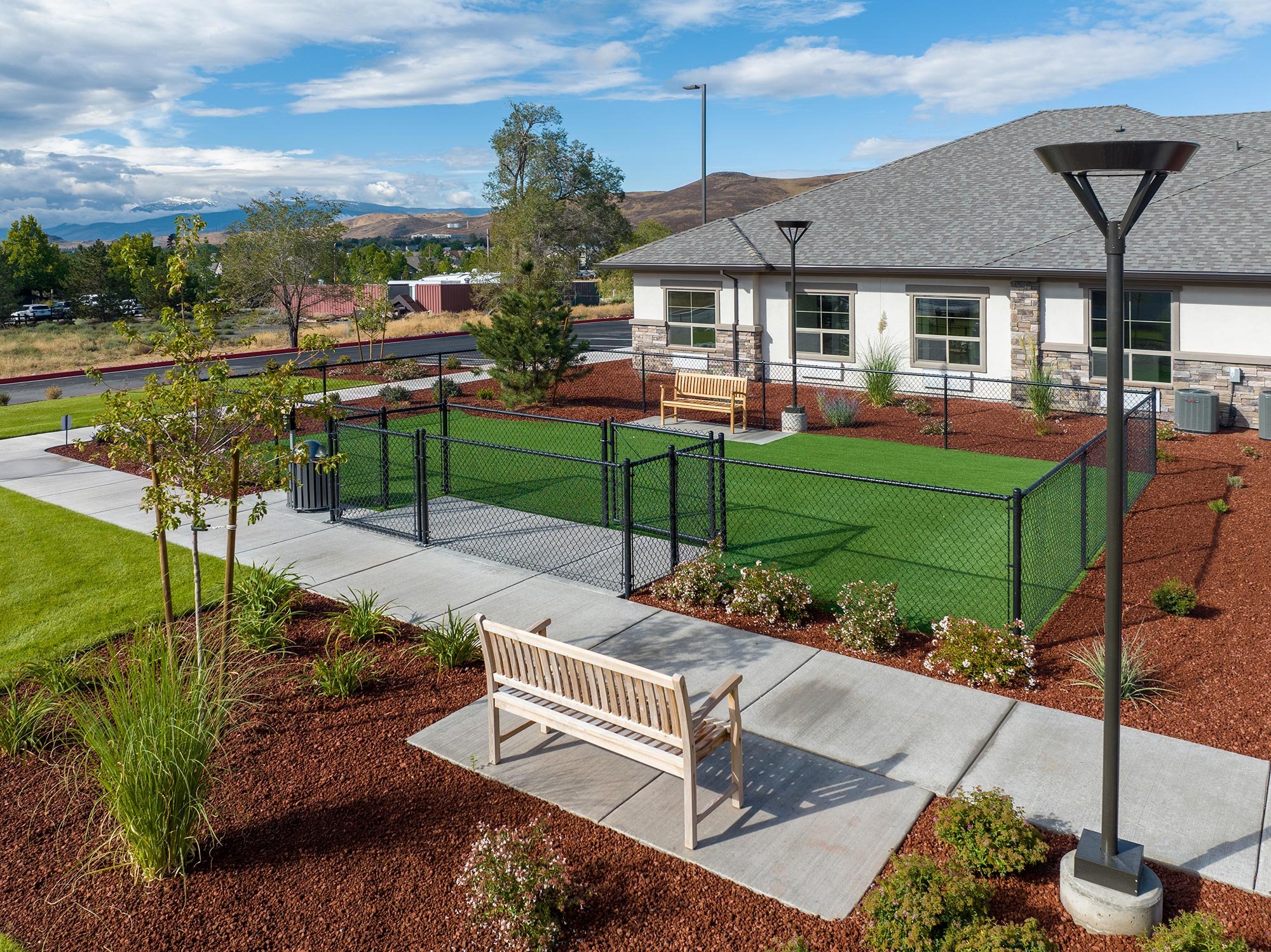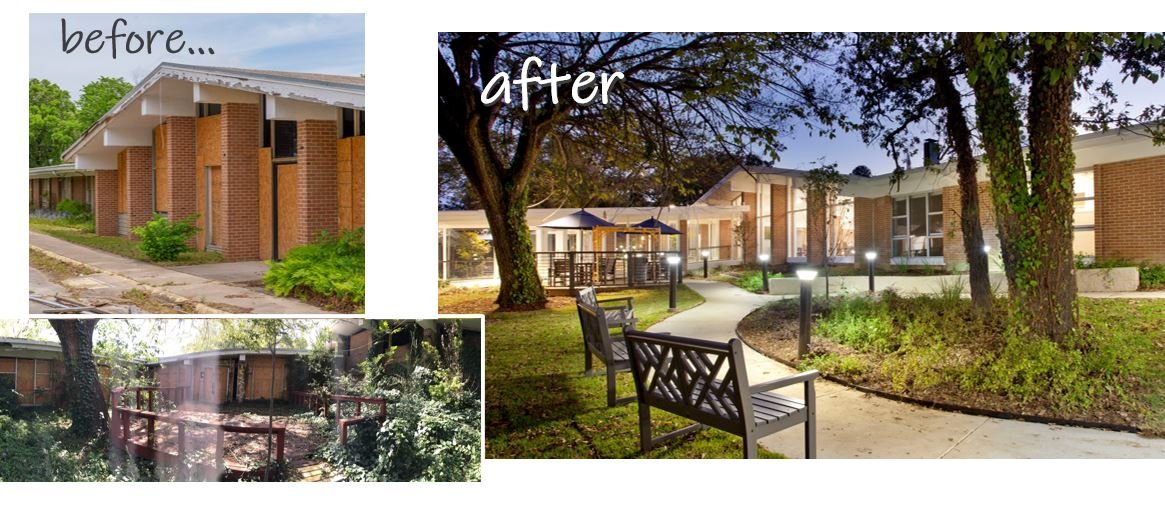Is Your Community Ripe for Repositioning?
Breathing fresh air into an older property or project through repositioning effectively attracts and retains residents and staff in a competitive market. When done with attention and purpose, making choices with repositioning in mind can help make a difference when boosting tours and move-ins.
Repositioning is expanding a person’s understanding of a product or space and highlighting what makes us different while opening up new ideas.
“Coming out of COVID, many communities have changing needs,” said Greg Hunteman, Pi president. “They have outgrown some spaces, or they may have unused spaces that could be utilized differently,” he said, noting that renovations not only can attract and engage residents; they also can improve staffing by increasing efficiencies and creating a workplace that has appealing amenities and a safe, comfortable environment.
Planning Ahead
Like all effective change, repositioning requires an assessment of what works and what doesn’t, as well as what additions may have the greatest positive impact and should be prioritized. Jamie Jelinski Shepard, an interior designer at Pi, suggests a few to get started:
Are there spaces that are empty or crowded most of the day?
Where do residents relax and socialize? Where do families like to hang out when they come for a visit?
What is the traffic flow like? Is it easy to get from one place to another? How are outdoor and indoor spaces connected?
Is the lobby bright, open, and inviting?
What aspect of the building looks most dated?
The answers to these questions can help determine if you should start with your repositioning.
It also is important to consider popular trends and how you can implement some of these, such as:
Outdoor “room”
All-season rooms
Bar/happy hour spaces
Multiple dining venues
Casual socialization areas
Communication/tech/telehealth rooms
Dog-friendly amenities
Vegetable gardens and orchards
Repositioning your projects
“Repositioning can be broken up into two phases, the initial changes made for an immediate impact, and then the follow through with more substantial bearing.
Shepard describes this first stage as including new paint, updated wall coverings, and or furniture. This can also be understood as more complicated finishes such as landscaping or an updated exterior area. These changes are an effective way to open up a space while being less costly and time-consuming when compared to a more expansive renovation. “When they create positive energy and an aesthetically appealing yet homelike feel for residents and visitors, this is an important change that can help a real impact,” she explains.
More significant changes will take more planning, time, and financial commitment. These include efforts such as updating common areas and/or renovating kitchens, bathrooms, and apartments, as well as reworking electrical systems or plumbing, and putting in new appliances. This also involves changes that require permits and/or review board approvals.
It is important to get ahead with phasing for effective follow-through. To that end, Hunteman suggested some key steps: “Identify quick upgrades versus permitted scope, that is, those projects that require permits or other advance planning. Then set realistic expectations for your project timelines; and, significantly, consider resident impact.”
Hunteman further states, “Every project is unique, but for each one you have to consider the impact it will have on residents and staff.” To put this into practice, if the main kitchen will be closed, various rooms or hallways will be inaccessible, or the water or power will be shut off for a period, leading everyone needs to be notified well in advance. Phasing also can help here by making big changes in small steps, minimizing conflicts, and ensuring a comfortable project duration.
“You don’t have to do everything all at once,” Hunteman stresses. “You can start with some low-risk, low-cost efforts that will have the greatest impact on the investment,” he adds, “For instance, if you want a brand new lobby but have a limited budget, consider redoing your porch or outside entrance. Organizations like ours have many creative people who can help you accomplish your end goals in a way didn’t realize or imagine. And we can help you avoid issues with regulations and codes that can trip you up later on.”
Patience Is Preeminent
Taking the time to plan upfront will help prevent headaches and problems down the road. Hunteman further states: “Make sure you think through everything and understand how it all overlaps. Realize how one change may impact other aspects of your building.” For instance, thinking ahead can prevent you from making changes now that will just be undone or redone a few years down the road. At the same time, it is essential to revisit regulations and things like licensing and ADA or OSHA standards.
Repositioning opens new routes for projects, allowing for developments that will stand the test of time while also allowing for a smooth transition.
Once your repositioning is complete, don’t forget to promote it– on your website, in marketing materials, and on social media!
Contact us here or call us at 512-231-1910.












